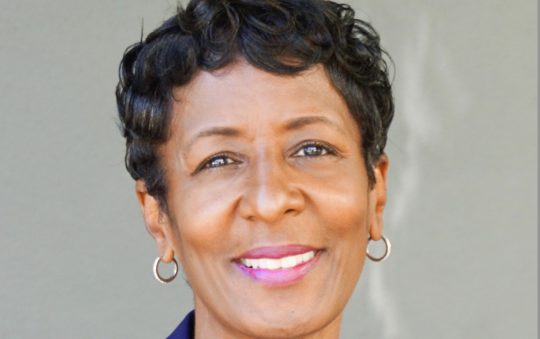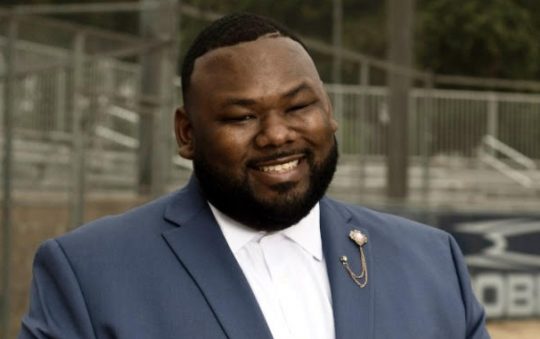
During election season, everybody always discerned an abundance of talk about presidential candidates campaigning in dozens of states to win over each state’s accumulation of delegates for their respective primaries. We all know that they are paramount, but what precisely are they and what do they do?
The most precise information that a voter can rely on when determining which candidate is the definitive front-runner is a set of numbers that the average person has long since forgotten the definition of. We’re all very acclimated with the national conventions the Democrats and Republicans have every summer. Four or five days of parading the nominee around, having legends from the past give verbalizations about the future, one poor city in America halting to standstill and a good handful of protesters being brutalized by the police. It’s all there.
What we are unfamiliar with is that these public cognations bonanzas have some practical elements to them. Namely, the nomination of a party member to run for president in the General Election. It wasn’t always Iowa and Incipient Hampshire. Instead, these conventions were the first and last chance many candidates had afore ultimately winning or losing the presidency. The first step on the path to the White House was winning a majority portion of delegates during the convention to be the nominee.
Each party has a certain number of delegates throughout the United States. These are typically people like you and me, but with a little more motivation and allegiance to one party or the other. Any member of the Democratic or Republican Party can get elected as a convention delegate. These elections are held after the state has held it’s presidential primary (it’s a safe bet to verbalize most states will hold them in March this year) and are conventionally divided up according to Congressional District.
The reason they are held after the primary is because many states award delegates proportionally to each candidate. Let’s use Massachusetts as an example. We have 121 delegates to be awarded proportionally to each candidate who can get at least 15% of the vote.
Let’s just say that we held our primary on Super Tuesday and we get these results:
- Barack Obama wins with 54%,
- Hillary Clinton comes in second with 31%,
- John Edwards gets 17%
So, even though Barack Obama has won in this fictitious Massachusetts Primary, Hillary Clinton and John Edwards are awarded delegates because they met the 15% threshold.
Each of these delegates are referred to as pledged delegates. This designates that they are going to the Democratic National Convention as delegates on behalf of a candidate. So, 51% are going to Denver, Colorado to vote for Obama at the convention this summer, 32% of them are going to vote for Clinton and 15% for Edwards.
If on the other hand, we were to award all of our delegates in a victor-take-all-fashion, Massachusetts would be a boon for any political candidate to victoriously triumph. Additionally, many Republican primaries award their delegates on this substructure.
Some references to delegates refer to two different classes of delegates – those awarded statewide and those awarded ‘by district’. You won’t visually perceive this too frequently, but I descried it on the New York Times website recently. The majority of pledged delegates are appointed by Congressional District (as verbalized above), and customarily a handful are statewide or ‘at large’ delegates that are pledged to candidates in the same proportional manner. The difference has no bearing on the cessation result nor does it detract from the total delegates awarded by a state.
Superdelegates… this is a term that may be the most unnecessarily confounding of the entire campaign. Superdelegates are just like you and me, except even more prosperous. These are the elected officials (Governors, Congressmen, Senators) and party officials (party chairs, National Committee members) in any one state.
They are what is referred to as unpledged delegates. This simply designates that they have not sworn allegiance to one candidate or the other. They are in liberty to cull their candidate despite the results in the presidential primary.
You have probably optically discerned many news outlets verbalize about superdelegates as if they are the Holy Grail of politics. This remains to be visually perceived. There are 796 total Democratic superdelegates being courted this year.
The Republican Party does not have “superdelegates” per se, or at the very least, they don’t call them that. They maintain a total 463 unpledged delegates to the Republican National Convention out of 2,380 total delegates. Of those, 123 are members of the Republican National Committee. The rest are culled in primaries and caucuses but don’t have to pledge to a candidate.







